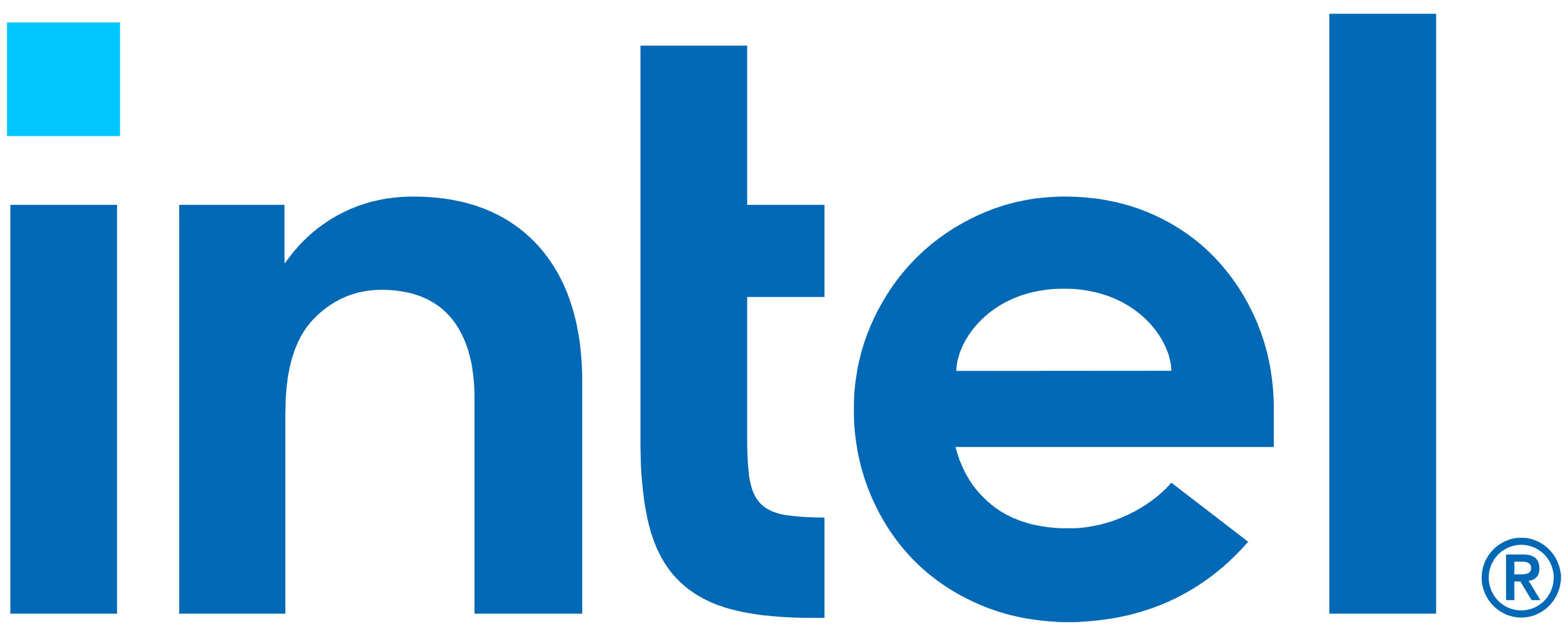Thinking Beyond 2030: How Our 2030 Goals Are Only the Beginning for This Engineer

As a technology and development environmental engineer at Intel, Ashley Walsh is passionate about waste. She’s currently working in compliance around hazardous waste and wastewater—which includes our water reclamation facility. We talked with Ashley about her sustainability work and how it connects to the company’s overall RISE strategy. Read below to see why she thinks the solutions to our environmental problems can be found in—you guessed it—waste.
What do you do at Intel and what do you like about your job?
As an environmental engineer at Intel, I work mainly in compliance, mostly on hazardous waste and wastewater. I work for our manufacturing sites to make sure that we are following our permits and that any future projects are also adhering to those permits.
What I like most about my job is the people that I get to work with. They’re all very smart and care very much, which isn’t revolutionary. But, environmental and sustainable initiatives always costs money. You never make money off it. So, it’s important to work somewhere that clearly outlines these goals and works to make these changes, and with people that believe in them. People [at Intel] understand that sustainability and the environment are important so they’re willing to do what it takes to make those things possible.
What do Intel’s 2030 global impact goals mean to you?
To me, our goals mean that we are responsible members of our community. We are a manufacturer and because of that, we consume a lot and have a lot of waste. Being able to quantify our goals is impactful, not just for us in manufacturing, but for our manufacturing peers as well. So, it’s important to me as a member of the community that we’re looking at these environmental factors and that we’re adhering to the things that we say we’re going to do as a corporation.
How does you work connect to the 2030 RISE strategy?
My work directly connects to Intel’s RISE strategy because a lot of the sustainability goals are integral to our day-to-day job functions as site environmental engineers. For example, when I was focusing on hazardous waste, the goal of zero waste to landfill, or zero hazardous waste to landfill was something that we tried to keep in mind in our day-to-day operations and conversations.
One other really interesting 2030 goals I’m working on now is around water reclamation. We have a large water reclamation and treatment facility at the Ronler campus in Oregon and my role currently is supporting that operation and making sure that we’re compliant and working legally.
Is there a specific sustainability challenge you want to contribute to?
The most interesting sustainability challenge to me is around circular waste economy and increasing the amount of waste reuse. I think it’s a very important and intriguing idea. In a true circular waste economy, when you’re designing something, you’re thinking of the waste during that design process and creating solutions to turn that waste into a product, instead of thinking about how to dispose of it at the end. Right now, we’re at a point where we’re able to recycle, recover, or really use the waste in a beneficial way, so it’s not in the landfills, taking up space or potentially becoming a problem in the future.
At this stage in your career, what does it mean to work toward sustainability? What is your motivation behind it?
Sustainability is important to me because it’s not just about how much can you produce, or how much money can you make. It’s more about what our world is going to look like in the future for me, for our children, for our pets, for the animals in the ocean. It’s really thinking long-term about how the impact of what we’re doing now and how that can proliferate and impact the world. We have the chance today to be able to impact those future lives. And I think that’s why doing this work right now is so important.
If Intel reaches our 2030 goals, what do you hope life looks like in 2030?
In my ideal world, there wouldn’t be any such a thing as trash. Essentially, everything that we output would become an input in some other way. So, whether you’re making a chip or making a cup, at the very beginning of the process, you’re asking: What waste am I creating? Can I use that waste elsewhere?
Once Intel reaches those 2030 goals, I hope that we come up with even bigger and better goals. I hope that we’ll get to a point where sustainability is inherent in our processes and our strategies—so we’re not just individual people or individual organizations doing the work, but we’re all doing the work together. I believe that we have the resources, the influence, and the talent internally to be able to solve these problems and really change our communities, and it’s our responsibility to enact those changes.

